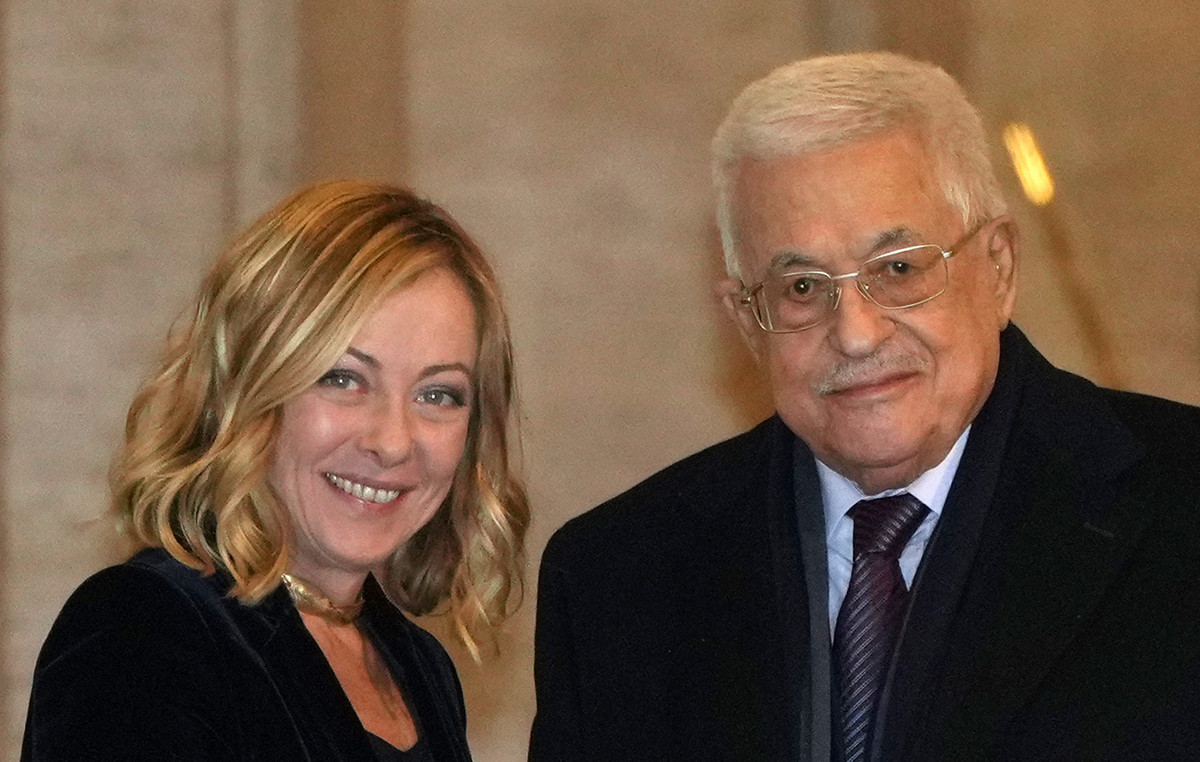Italians are less and less engaged in volunteering. In 2023 9.1% of the population of 15 years and more, equal to about 4.7 million people, carried out volunteering activities in organized form EO with direct aid (-3.6 percentage points compared to 2013)with strong territorial and generational differences. Compared to 2013, volunteers active on the two fronts are doubled: about a million volunteers combine both modalities.
Volunteers organized in recreational and cultural sectors (+6.4), social assistance and civil protection (+7.7) and environment (+1.7) increase; they fall into religious (−5.8), sports (−1.9) and health (-1.3). They decrease those who offer direct help to known people (-10.1), while those who, in this same way, are increased to community, environment and territory (+14.7).
Shared ideals (31.1%) and the common good (21.5%) in organized volunteering are more often mentioned, more often mentioned, emergencies (27.5%) and assistance to people in difficulty (24.6%) in direct aid. Although with a decrease trend, observed also in the average time dedicated to these activities (from 19 to 18 hours in four weeks), the voluntary commitment is confirmed as a pillar of social cohesion.
Volunteers decrease but those active on several fronts increase
In 2023 about 4.7 million people (9.1% of the population of 15 years and more) carried out volunteering activities in the four weeks preceding the interview, in the form of organized commitment or direct help, with a drop of 3.6 percentage points compared to 2013 The non -organized volunteering, which consists of direct aid offered to people outside their family, the community or the environment, concerns 4.9% (2.5 million). Among the volunteers 46.1% operate only in organized contexts, 32.2% only autonomously, while a significant share (21.7%, about one million people) unites the two modes.
Participation presents a clear territorial gap: In the north 8.2% participate in activities promoted by organizations and 6% offer direct aid; The North-East is the most active area (9.1% and 6.2%). The center follow (5.8% and 4.9%) and the South (3.6% and 3.4%).
Compared to 2013, a generalized drop in participation is observed: organized volunteering drops from 7.9% to 6.2%, that not organized from 5.8% to 4.9%. The flexion was more contained in the North (−1.5 percentage points for the organized, the direct stable), more marked in the center (−2,1 and −1.9) and in the South (−1.9 and −1.3).
In 2023 men and women carried out voluntary activities with similar frequencies: 6.6% of men and 5.8% of women are involved in organized activities; In direct aid, the percentages are reversed (4.8% the first, 5.1% latter). In terms of percentage composition, this means that for organized activities there are 51.9% for men and 48.1% for women; For direct aid men are 46.9% and women 53.1%. Compared to 2013, the drop has been more marked among men than among women: in organized volunteering the former descend from 8.9% to 6.6% and the second from 7.0% to 5.8%. Also in direct aid, the decline is greater among men (from 5.7% to 4.8%) than women (from 5.9% to 5.1%). The women are therefore confirmed slightly more active in direct help, men in organized activities, but the levels of participation approached above all for the greatest drop in men. In the last 10 years the methods of participation have undergone significant changes. Among the volunteers, those active only in organized form drops from 54.3% to 46.1% and also those who offer only direct aids go from 37.6% to 32.2%. On the contrary, the hybrid participation increases in a marked way: from 8.1% to 21.7% (+13.6 percentage points).
Volunteering remains more widespread among graduates, but falls for everyone
The link between participation in volunteering and level of education is confirmed solid also in 2023: those who have a higher qualification are more frequently involved both in organized volunteering and in direct help. Among graduates 10.3% participate in organized volunteering and 7.9% in direct help. High school graduates are 6.6% and 5.1% respectively, while participation falls between those who own lower study qualifications.
The drop compared to 2013 is more marked between graduates and graduates. For the latter, the organized volunteering is reduced from 13.6% to 10.3%, and the one directed from 10.9% to 7.9%. Graduates record the most significant decline in organized volunteering, going from 10.0% to 6.6%, but also drop significantly in direct aid (from 6.4% to 5.1%). The variations are more contained among those with lower scholarships, a heterogeneous category that includes both young people still in training, and elderly people with low level of education.
Participation in volunteering: the commitment holds between the oldest bands
In 2023 volunteering is a widespread practice especially in the adult population: High rates affect people 45-64 years old (7.2% for organized and 5.9% for the direct) and 65 -year -old people and more (6.2% and 5.5%). Young people (15-24 years) prefer organized forms (5.3%) compared to direct help (2.9%), while between people of 25-44 years the two modes are equivalent (4.8%and 4.9%).
In the decade 2013-2023 the drop concerned above all the younger generations. People
25-44 years record the most marked contractions in both forms of volunteering: -2.7 percentage points in organized volunteering and -1.4 percentage points in direct help. Even among the youngest (15-24 years) the drop is clear: -2.2 pp in the organized and -0.7 pp in the direct.
In slight contrast, 65 -year -olds and the most highlight stability both in the voluntary rate organized (from 5.8% to 6.2%), and in the direct help (from 4.5% to 5.5%). A sign of continuity of the civic commitment in the oldest range of the population.
The above dynamics also find confirmation by analyzing the employment condition. In 2023 the retired from work are the most active in organized activities: 7.8% participated in organized activities and 5.2% offer direct help. The employees follow (6.3% and 5.3%) and people looking for employment (5.9% and 6.0%). The more limited is the commitment between students (5.5% and 3.4%) and housewives (4.6% and 4.4%).
Compared to 2013, the most marked drop is observed among students: −4.0 percentage points in organized volunteering (from 9.5% to 5.5%) and −0.9 percentage points in direct help (from 4.3% to 3.4%). The employees follow (−2,8 percentage points in the organized and – 1,6 percentage points in the direct). On the contrary, the withdrawn from work and housewives show substantial stability over time, confirming the central role of the older generations in keeping the voluntary commitment alive.
The Italian voluntary movement: “Volunteering changes and evolves, it cannot be counted as 10 years ago”
“However, we must understand that the times have changed and that the voluntary activity has changed with these,” he comments Gianluca Cantisani, president of the Movi, Italian volunteering movement. «Counting the number of volunteers in our country with the same systems of 10, 20 or 30 years ago, without taking into account the cultural, social and working change that Italy has crossed, does not clearly photograph the situation. Volunteering changes with the company: today there are many people who lend voluntary help, perhaps no longer daily, but on specific projects as it has been for the collections of food and food for the countries in conflict or the teams that have formed themselves on the occasion of environmental catastrophes. It certainly remains a necessary basis for all our activities, those who carry out a daily service with associations, non -profit organizations or entities. Compared to the company in which we live, those who carry out continuous activities usually have a greater age, as the data just published say. This mainly depends on the lifestyle of the youngest who often find themselves fighting over time, certainly not from their disinterest in others ».
Source: Vanity Fair
I’m Susan Karen, a professional writer and editor at World Stock Market. I specialize in Entertainment news, writing stories that keep readers informed on all the latest developments in the industry. With over five years of experience in creating engaging content and copywriting for various media outlets, I have grown to become an invaluable asset to any team.







